Are you concerned about the safety of your neighborhood or want to keep an eye on suspicious activities? Many people have security cameras installed in their homes to monitor their surroundings.
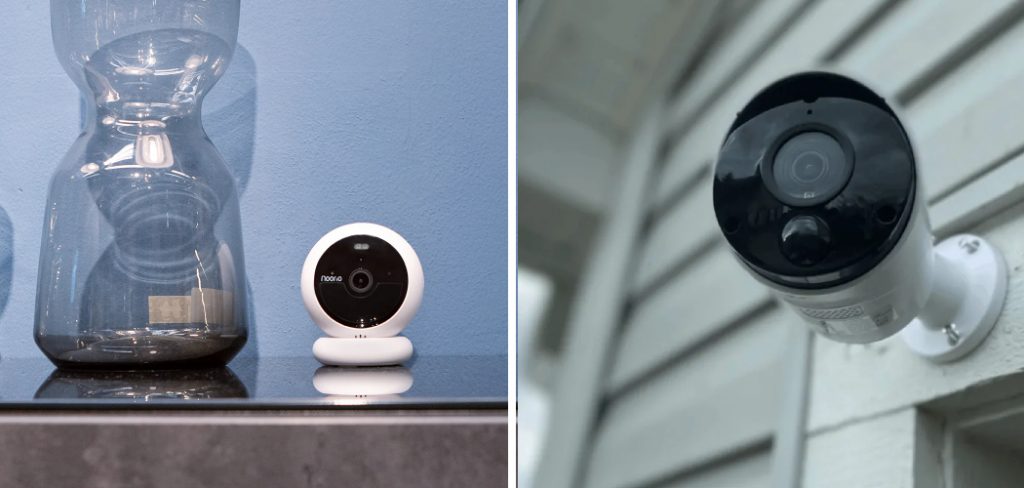
Security cameras are becoming increasingly common in neighborhoods, providing valuable surveillance and enhancing security. However, there may be times when you need to access footage from a neighbor’s security camera. This could be due to an incident near your property, a safety concern, or even assistance in gathering evidence in case of an unfortunate event. While accessing someone else’s security camera feed requires careful consideration of privacy and consent, understanding the proper and respectful approach is essential in such situations.
This guide on how to view neighbors security camera will walk you through the steps and protocols to follow while addressing both ethical and legal aspects.
What Are the Benefits?
Having access to your neighbor’s security camera feed can provide numerous benefits. First and foremost, it can help increase your neighborhood’s overall safety and security. By being aware of any suspicious activity or potential threats captured by the cameras, you can take the necessary precautions to prevent crime or address any issues immediately.
Viewing your neighbor’s security camera footage can also give you peace of mind when you are away from home. You can check in on your property remotely and ensure everything is okay, especially during extended periods of absence, such as vacations or business trips.
Moreover, if there is an incident near your property, accessing neighboring security camera footage can be valuable evidence for law enforcement. It can also help identify potential suspects or vehicles involved in the incident.
What Will You Need?
To set up a home security system using security cameras, you will need the following items:
- Security Cameras: The number and type of cameras will depend on your specific needs and the size/layout of your property. Some popular options include wired or wireless cameras, indoor or outdoor cameras, and those with features such as night vision or motion detection.
- Network Video Recorder (NVR): This device connects to your cameras and records their footage. It is the central hub for managing all camera feeds and storing video recordings.
- Hard Drive: Depending on the footage you plan on recording, you may need to purchase an additional hard drive to store the video recordings from your cameras. This is where the footage will be saved and can be accessed for playback or review.
- Power Supply: Most cameras require a power source to function, so you may need to purchase a power supply or use an existing outlet to power your cameras.
- Internet Connection: For your security camera system to be accessible remotely and for continuous recording, you will need an internet connection. This can either be through Wi-Fi or a wired ethernet connection.
- Mobile Device or Computer: To access your security camera footage remotely, you will need a device such as a smartphone, tablet, or computer with internet access. Many security camera systems also have mobile apps that allow you to view and manage your cameras from anywhere.
8 Easy Steps on How to View Neighbors Security Camera
Step 1. Obtain Necessary Permission:
Before attempting to view a neighbor’s security camera, you must obtain their explicit permission.
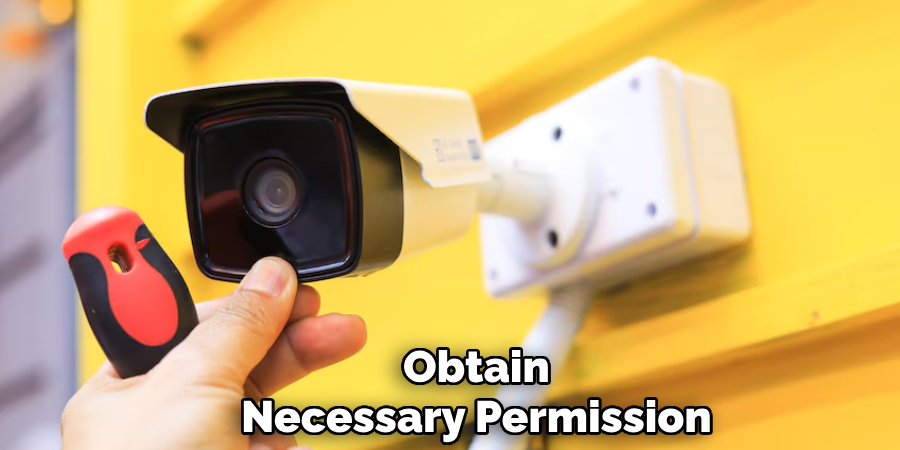
Respecting privacy laws and ethical considerations is critical to not violating their rights or local regulations. Always communicate openly and understand their comfort level regarding sharing camera footage.
Step 2. Determine the Camera System Used:
Identifying the type of camera system your neighbor is using is essential to proceeding effectively. Start by asking about the make and model of the security camera and the software or application used to access the footage. Some standard systems include Ring, Arlo, Nest, or other closed-circuit systems.
Understanding these details will help you determine compatibility with your own devices or systems and whether additional steps, such as downloading specific apps or tools, are necessary. If the camera system is unfamiliar to you, research the brand and its functionalities so you can better understand how to access the footage or collaborate with your neighbor.
Remember, keeping the communication cooperative fosters trust and ensures a seamless process.
Step 3: Request Access or Permission
Once you have gathered the necessary details about the camera system, politely request access or permission to view the relevant footage. Approach your neighbor with respect and explain the context of your request clearly.
Highlight why reviewing the footage would be beneficial, whether it’s for resolving a specific incident or ensuring neighborhood safety. Always respect their boundaries and privacy, and be prepared to offer any clarifications or answer questions they may have. A courteous approach will increase the likelihood of their cooperation.
Step 4: Follow Up Respectfully
If your neighbor agrees to your request, follow up promptly to review the footage together or to obtain the relevant information. Be sure to express gratitude for their cooperation and handle the footage responsibly, maintaining their trust and privacy.
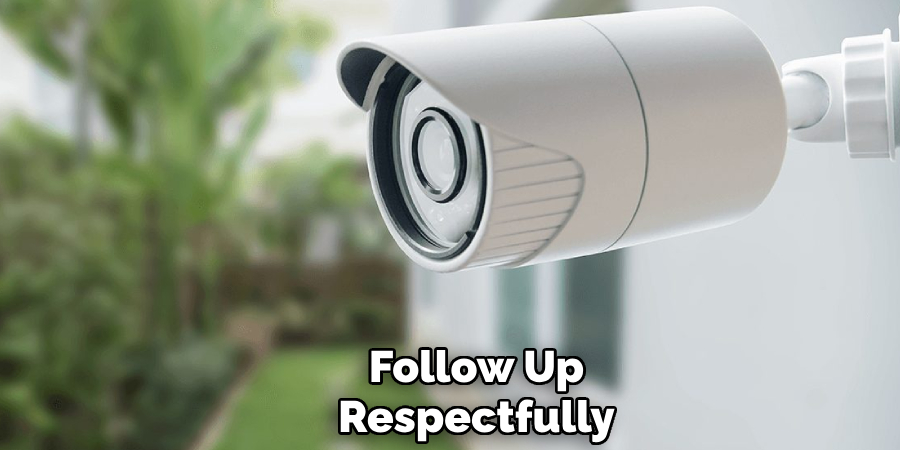
If they decline your request, respect their decision and explore alternative ways to address your concern, such as seeking assistance from local authorities or other nearby resources.
Step 5: Maintain Good Neighborly Relations
Regardless of the outcome, it’s important to maintain positive relations with your neighbor. A simple thank-you note or a kind gesture, such as a small gift, can go a long way in showing appreciation.
Building trust and fostering good communication will ensure a healthy and cooperative relationship in the future, which may be invaluable in addressing any future concerns.
Step 6: Reflect and Learn from the Experience
After resolving the issue, reflect on the process and identify any lessons learned. Consider what approaches worked well and what could be improved for future situations.
This self-assessment helps refine your conflict resolution skills and ensures you are better prepared to handle similar matters effectively in the future. Sharing your experience with others may also provide valuable insights and encourage mutual understanding in your community.
Step 7: Follow-Up
After addressing the issue and reflecting on the experience, it is essential to follow up to ensure lasting resolution. Check in with all parties involved to confirm progress and that everyone feels satisfied with the outcome.
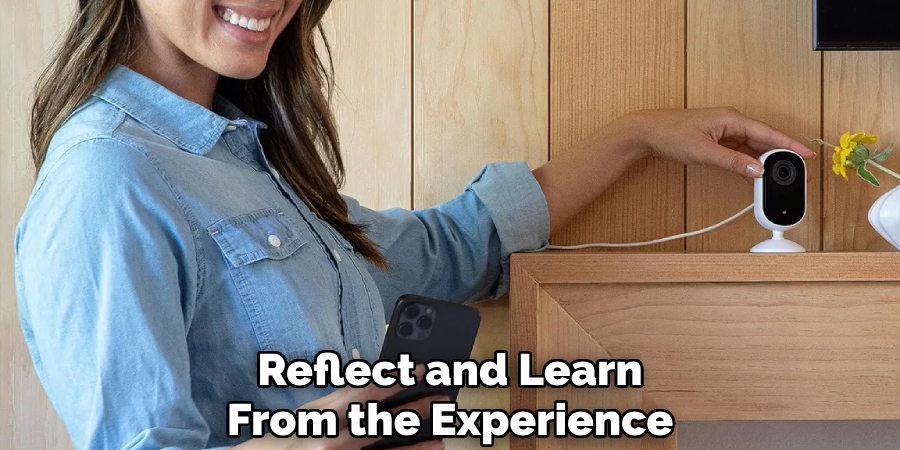
This step reinforces trust and demonstrates a commitment to maintaining positive relationships. Additionally, remaining open to feedback during this phase can help uncover any lingering concerns and provide an opportunity to address them before they escalate.
Step 8: Don’t Be Afraid to Seek Outside Help
Sometimes, a conflict may remain unresolved even after following all the steps above. In these cases, it is important to seek outside help. This could mean involving a neutral third party, such as a mediator or seeking advice and guidance from a manager or human resources department.
Outside help can provide a fresh perspective and offer additional tools and strategies for resolving conflicts effectively. It is also helpful to have an objective person involved who can maintain neutrality and facilitate productive communication between parties.
By following these steps and seeking outside help when needed, conflicts can be resolved in a healthy and productive manner.
5 Things You Should Avoid
- Accessing Without Permission: Never attempt to view your neighbor’s security camera footage without their explicit consent. Doing so clearly violates privacy laws and ethical boundaries, which can lead to legal consequences and damage trust within your community.
- Tampering with Their Equipment: Avoid any actions that involve tampering, hacking, or interfering with your neighbor’s security camera system. Such activities are illegal and could be considered criminal behavior.
- Making Assumptions About Their Intentions: Do not jump to conclusions or assume that the presence of a security camera is aimed at invading your privacy. Many people install security cameras for personal safety or to deter crime in their area.
- Spreading False Information: Refrain from sharing unverified claims or accusations about your neighbor’s security system. Spreading false information can escalate tensions and lead to unnecessary conflicts.
- Ignoring Legal and Local Regulations: Avoid overlooking local laws and regulations surrounding security cameras. Before taking any actions or voicing concerns, ensure you understand your area’s legal rights and responsibilities regarding security systems.
Can CCTV Work Without Internet?
Yes, CCTV systems can work without internet connectivity. While some security cameras require an internet connection to function, others use a closed-circuit system. These systems use cables and a Digital Video Recorder (DVR) or Network Video Recorder (NVR) to record and store footage locally.
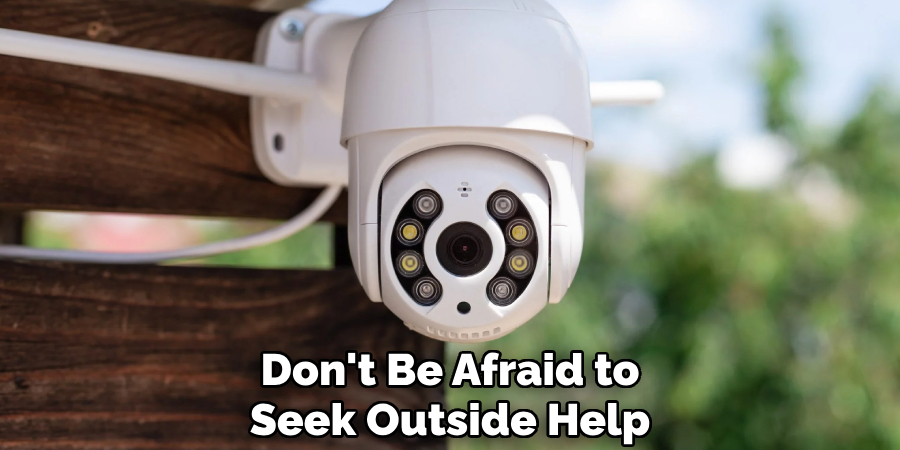
There are also wireless CCTV systems that use Wi-Fi or Bluetooth connections for communication between the cameras and a central hub. These systems do not necessarily require an internet connection, but they may use it for remote viewing or accessing footage from outside the local network.
Conclusion
Accessing a neighbor’s security camera footage without their consent is both unethical and potentially illegal.
Respecting privacy and following the law should always be prioritized. If there is a valid reason to view a neighbor’s security footage, such as resolving a neighborhood safety concern or investigating an incident, directly communicating with the owner and respectfully requesting access is the proper approach. Building mutual trust and understanding is essential when dealing with sensitive matters like surveillance systems.
Hopefully, the article on how to view neighbors security camera footage has provided valuable insights on how to handle this delicate situation.

